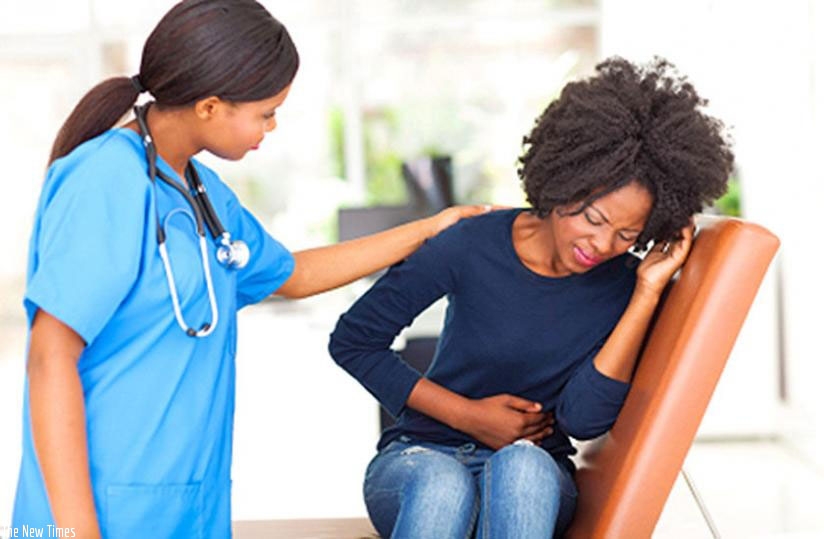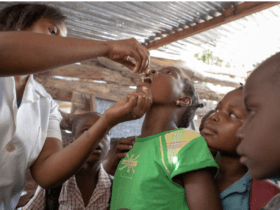
Cancer is a disease that results when cellular changes cause the uncontrolled growth and division of cells. Some types of cancer cause rapid cell growth, while others cause cells to grow and divide at a slower rate.
Most of the body’s cells have specific functions and fixed lifespans. A cell receives instructions to die so that the body can replace it with a newer cell that functions better. Cancerous cells lack the components that instruct them to stop dividing and to die.
As a result, they build up in the body, using oxygen and nutrients that would usually nourish other cells. Cancerous cells can form tumors, impair the immune system and cause other changes that prevent the body from functioning regularly.
While some cancer causes are preventable, others are not.
February 4 every year is celebrated as “World Cancer Day”. Its goal is significantly reduce illness and death caused by cancer and is an opportunity to rally the international community to end the injustice of preventable suffering from cancer.
2022 theme seeks to question the status quo and help reduce stigma; to listen to the perspectives of the people living with cancer and their communities and let those lived experiences guide our thoughts and actions.
Cancer commonly affects women and in this article, we take a look at the top cancers that is detected in women.
1. Breast Cancer
Breast cancer is cancer that is found in the tissue of the breast. It occurs when breast cells mutate (change) and grow out of control, creating a mass of tissue (tumor).
Breast cancer is one of the most common cancers among women and is also the leading cause of cancer death among women ages 35 to 54. It is most often diagnosed in adults over the age of 50, but it can occur at any age
A woman’s odds of getting breast cancer are 1 in 8.
Common symptoms include:
- A change in the size, shape or contour of your breast.
- A mass or lump, which may feel as small as a pea.
- A change in the look or feel of your skin on your breast or nipple (dimpled, puckered, scaly or inflamed).
- Redness of your skin on your breast or nipple.
- An area that’s distinctly different from any other area on either breast.
- A marble-like hardened area under your skin.
- A blood-stained or clear fluid discharge from your nipple.
ALSO READ: 9 Facts You Should Know About Breast Cancer
2. Ovarian Cancer
Ovarian cancer or cancer of the ovaries is the growth of cells that forms in the ovaries. The ovaries are a pair of small organs located low in the tummy that are connected to the womb and store a woman’s supply of eggs.
It is one of the most common types of cancer in women. Ovarian cancer mainly affects women usually over the age of 50), but it can sometimes affect younger women.
Symptoms include:
- pain or pressure in the pelvis
- unexpected vaginal bleeding
- pain in the back or abdomen
- bloating
- feeling full rapidly when eating
- changes in urination patterns, such as more frequent urination
- changes in bowel habits, such as constipation
ALSO READ: Everything You Should Know About Ovarian Cancer: Causes, Symptoms, Types And Treatment
3. Cervical Cancer
Cervical cancer is a type of cancer that occurs in the cells of the cervix — the lower part of the uterus that connects to the vagina. The cervix is a hollow cylinder that connects the lower part of a woman’s uterus to her vagina.
Long-lasting infection with certain types of human papillomavirus (HPV) is the main cause of cervical cancer. HPV is a common virus that is transmitted during sex.
Cervical cancer is the third most common cancer in women worldwide, and it remains a leading cause of cancer-related death for women in developing countries. It occurs most often in sexually active women over age 30.
Many women with cervical cancer don’t realize they have the disease early on, because it usually doesn’t cause symptoms until the late stages.
Symptoms include:
- unusual bleeding, such as in between periods, after sex, or after menopause
- vaginal discharge that looks or smells different than usual
- pain in the pelvis
- needing to urinate more often
- pain during urination
ALSO READ: 9 Factors That May Increase Your Chances Of Getting Cervical Cancer
4. Skin Cancer
Skin cancer is the abnormal growth of skin cells. It generally develops in areas that are exposed to the sun, but it can also form in places that don’t normally get sun exposure.
There are three main types of skin cancer: basal cell carcinoma, squamous cell carcinoma, and melanoma. Skin cancer is more common in fair skinned people because they have less of the protective pigment called melanin. People with darker skin are less likely to get skin cancer but they can still get skin cancer.
Anyone can get skin cancer but most cases of skin cancer are found in people older than 65 years of age.
ALSO READ: The Three Main Types Of Skin Cancer Every Woman Should Know And Their Symptoms
5. Colon Cancer
Colon cancer also known as colorectal cancer is a type of cancer that starts in your colon (large intestine) or rectum.
Your colon and rectum are the organs that make up the lower portion of your digestive system.
It is estimated that 1 in 25 women will develop colorectal cancer during their lifetime.
- blood in the stool
- a change in frequency or type of bowel movements, such as diarrhea, constipation, or narrow, ribbon-like stools
- the feeling of not emptying the bowels after a bowel movement
- abdominal pain, cramping or bloating
- nausea and vomiting
- loss of appetite
- fatigue and weakness
- unexplained weight loss
ALSO READ: All You Should Know About The Signs And Symptoms Of Colon Cancer
6. Endometrial Cancer
Endometrial cancer also known as Uterine cancer is a type of cancer that begins in the uterus. The uterus is the hollow, pear-shaped pelvic organ where fetal development occurs.
Endometrial cancer is often detected at an early stage because it frequently produces abnormal vaginal bleeding. If endometrial cancer is discovered early, removing the uterus surgically often cures endometrial cancer.
The most common symptom of endometrial cancer is abnormal vaginal bleeding, ranging from a watery and blood-streaked flow to a flow that contains more blood.
Other symptoms may include vaginal bleeding.


















Leave a Reply